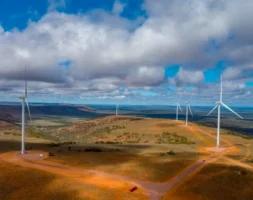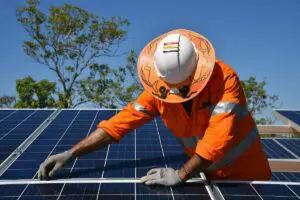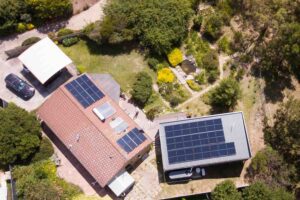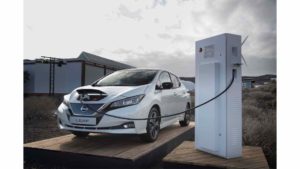The developers of what is expected to be Australia’s biggest manganese metals project are looking to source up to 90 per cent renewables for the electricity supply of its energy-intensive operations, and believe it could achieve price parity with Chinese suppliers if it does.
It is also a potential case study of how cheap renewables will enable Australian miners and companies to export value-added products to the world, rather than just ore.
Element 25 is a company that is looking to exploit a huge 260 million tonne resource of manganese, known as the Butcherbird project, about 100km south of Mt Newman in the Pilbara region of Western Australia.
It will need some 100MW of capacity to run the operations and the energy-intensive electrolysis needed to convert the ore into metal. About 6.5MWh (about the yearly use of an average household) is needed to make one tonne of metal.
There is a gas pipeline running past the project, but according to Element 25 executive director Justin Brown, relying on gas only – as other existing mines do – will not allow the project to be competitive with Chinese rivals, despite a new cleaner and cheaper process developed by CSIRO that takes the ore through various chemical processes to become sulphate and then to metal through electrolysis.
The gas-powered solution, Brown says, will deliver an electricity cost of around 12c/kWh, meaning that despite the efficient CSIRO process, it will still be well behind Chinese rivals, whose electricity costs have risen, thanks to rising coal costs, to around 7c/kWh.
So, his company is turning to wind and solar, and the analysis done so far with Advisian and others indicates that using a mixture of 50 per cent wind and solar will deliver a competitive price, likely around 9c/kWh all in. And if the share of renewables is lifted to around 90 per cent, then the company may be able to reduce its costs to even closer to the Chinese.
“We think we can improve on engineering to allow higher penetration of renewables, that will lower cost and the carbon intensity,” Brown says. That latter part is important, because Brown says that more and more international customers are demanding low-carbon supplies, and this creates added value.
Element 25 is working with Murdoch University and Advisian to investigate exactly how far the company can go with renewables, and various forms of storage, pushing the limits of variable renewables in such off-grid installations, and the impact on “variables” such as voltage and current.
As with other miners and processors, reliability is the key, but as the several hundred miners and energy providers have heard at the Energy and Mines conference in Perth this week, more and more miners are turning to renewables and storage to lower costs, cut emissions and improve reliability.
The common theme here is that 50 per cent renewables to power mine sites will be considered standard. But higher shares of renewables are inevitable, because the cost reductions will be even greater.
Brown notes that while much of the talk in Australia is about using renewable hydrogen to deliver a zero-emissions and cost competitive fuel export to Asia, Australia should also be thinking about using that cheap wind and solar to increase its manufacturing and processing industries in Australia.
“I think there is a huge opportunity for industry, and for the refining and processing of copper, lead, zinc, and manganese. It can be a viable alternative to just shipping the ore out,” Brown said.
“We want to be leaders in this space. Renewable energy-powered electro-winning of metals embeds the renewable energy into the products for export.”
A similar view is held by the proponents, including CWP Renewables, Macquarie and Vestas, of the massive 11GW Asian Renewable Energy Hub project, also in the Pilbara.
The focus of that Pilbara project has been on exports, either through a sub-sea link to Indonesia or through green hydrogen to north Asia, but it is also looking at industrial opportunities, in processing and manufacturing. Steel maker Sanjeev Gupta and professor Ross Garnaut speak of the same opportunities.
Brown says the power solution for Butcherbird is going out to tender, and because the mine will have a long life – 25-50 years – then a lengthy power purchase agreement will also help with the pricing. A final decision is expected over the next 12 months.












